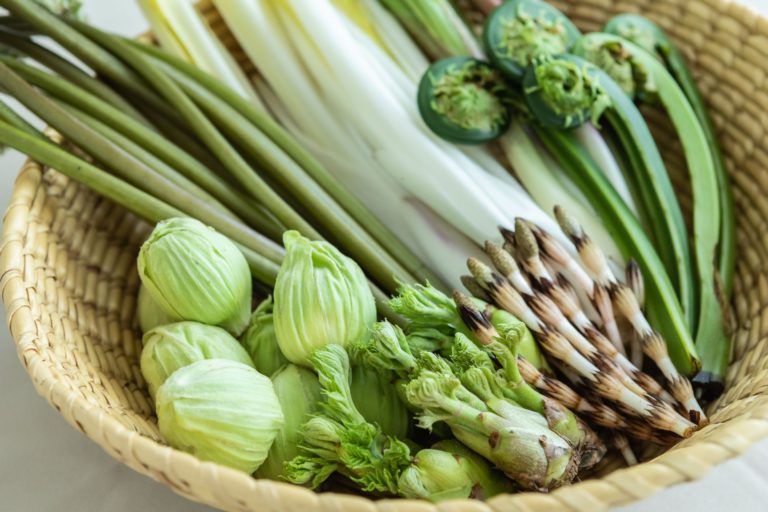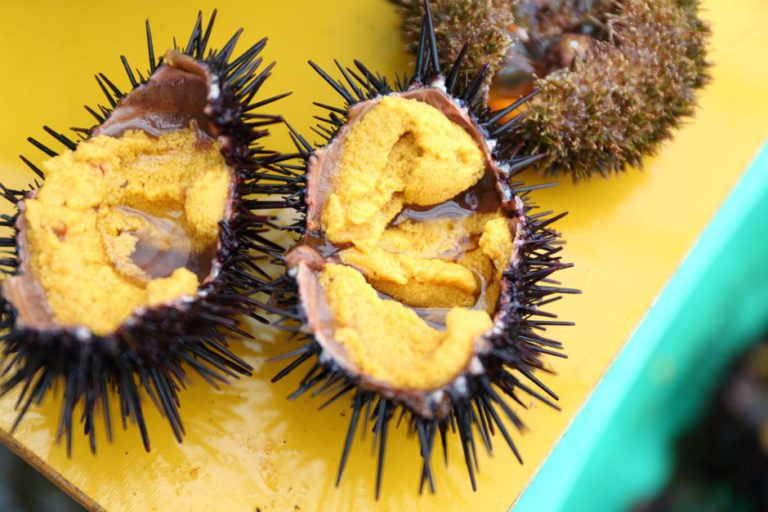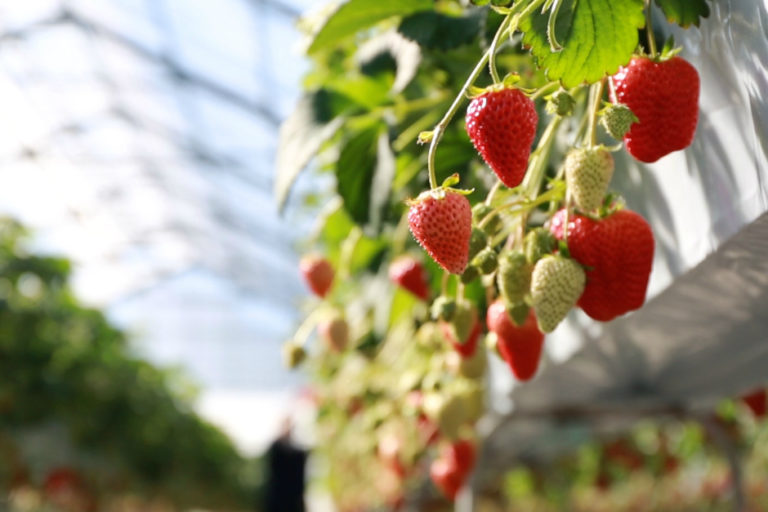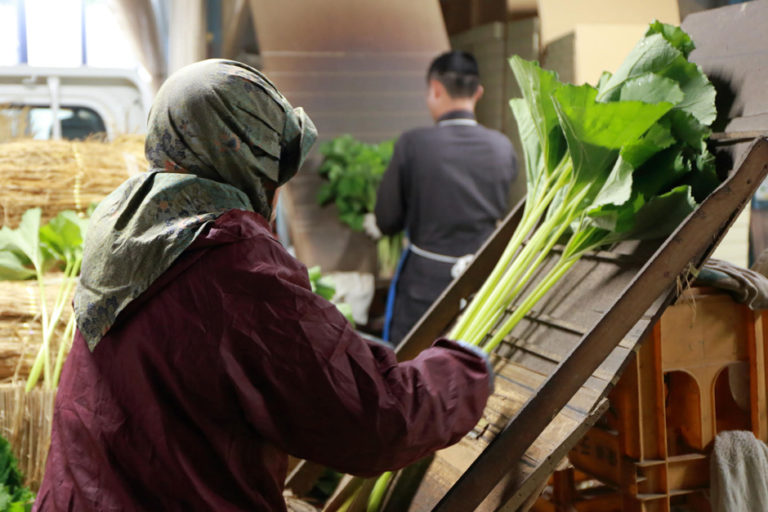Iwakura Experience aims for a new form of farming in Iwakura
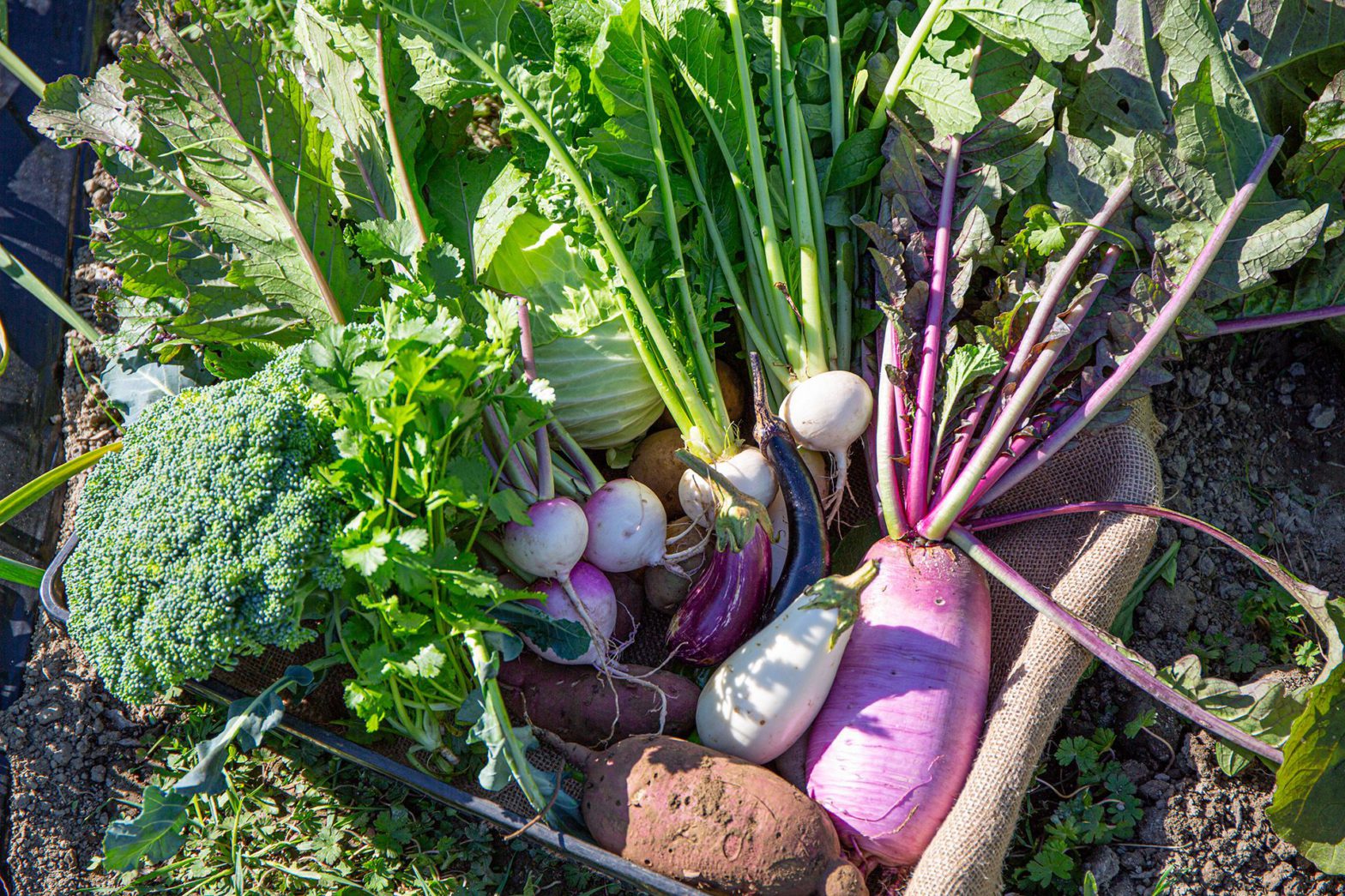
Signs of emerging specialties in the “home of plums” undergoing regeneration
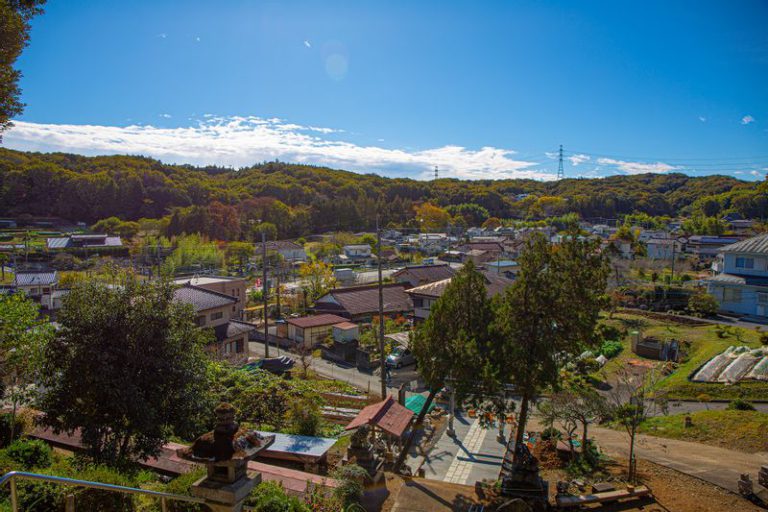
Ome is located approximately an hour away from central Tokyo by train. Despite being part of the Tokyo Metropolitan area, it is interspersed with bucolic rural landscapes. Woods cover about 60% of the city’s total land area, and hills and mountains surround the urban area. The Tama River basin, which runs across the city, is well-developed with green spaces and parks. People can enjoy activities like fishing and kayaking in the river’s upper reaches.
Ome is famously associated with Taira no Masakado, a warlord from the Heian period (794-1185). When Taira no Masakado visited the area, he planted a plum branch, which he had previously used as a whip for his horse, into the ground. It quickly grew and thrived. The plum fruit remained green and failed to ripen. This curious phenomenon led the villagers to call the location Ome (green plum).
Since the Edo period, plum orchards have been managed as though to validate this lore. But starting in about 2010, the plum pox virus began to spread. Along with a significant reduction in the area under cultivation, the 1,700 plum trees that had served as the city’s emblem were all cut down in Plum Park. Despite implementing plans for regeneration and reconstruction, it took nearly a decade for plum trees to be replanted throughout the city.
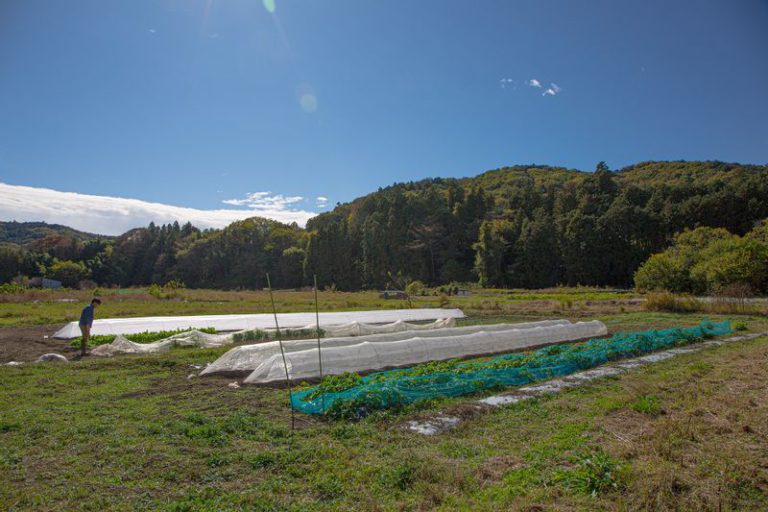
Ome is not just known for its plums, however. The volcanic ash soil drains easily and is ideal for cultivation. The city’s history of yuzu, persimmon, and tea cultivation is comparable to that of plums, and the blueberry yield is one of the highest in the Tokyo Metropolitan area.
There are signs of new specialties emerging in the Iwakura region, northeast of the city, and centered on Iwakura Onsen. The initiative is led by the Iwakura Experience, a general incorporated association. They are branding vegetables from around the Iwakura region as Iwakura Vegetables.
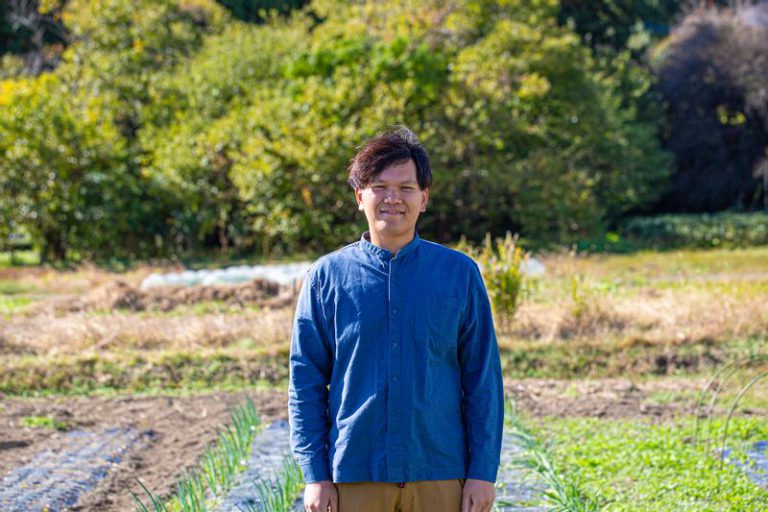
Tomohiro Hanjo contributes to the initiative. He is a young grower who oversees Hanjo Farm and participates in the Iwakura Experience. He used to work at a department store but took a farm training course to pursue a dream from his student days. He founded his own business in 2016 after gaining two years of experience. He chose the Iwakura region for better interaction because of its proximity to the urban area.
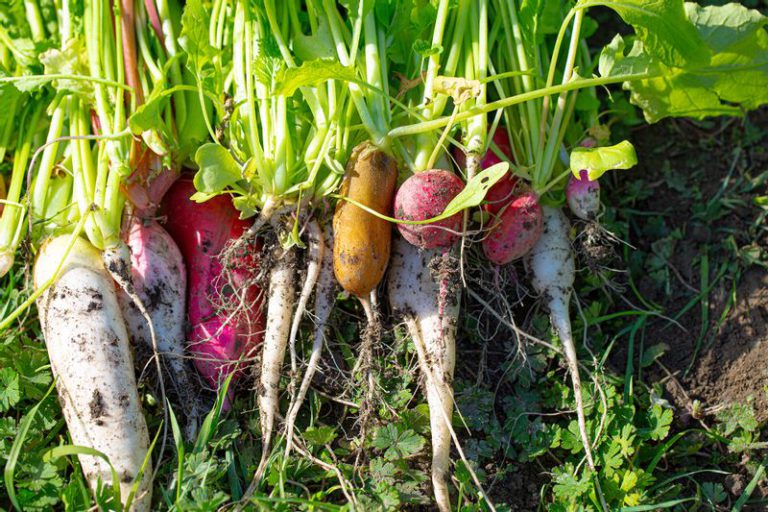
He gradually expanded his business and now has plots in more than a dozen locations in the city, including the Iwakura area. The area under cultivation has increased from 0.73 to 4.90 acres. He grows various crops in small quantities throughout the year, including lettuce, green onions, potatoes, and daikon radishes. He grows cilantro if customers request it, and he will take on the challenge of growing Edo Tokyo vegetables if they catch his interest. The variety of crops he grew expanded, and he found himself growing more than 200 different types of crops.
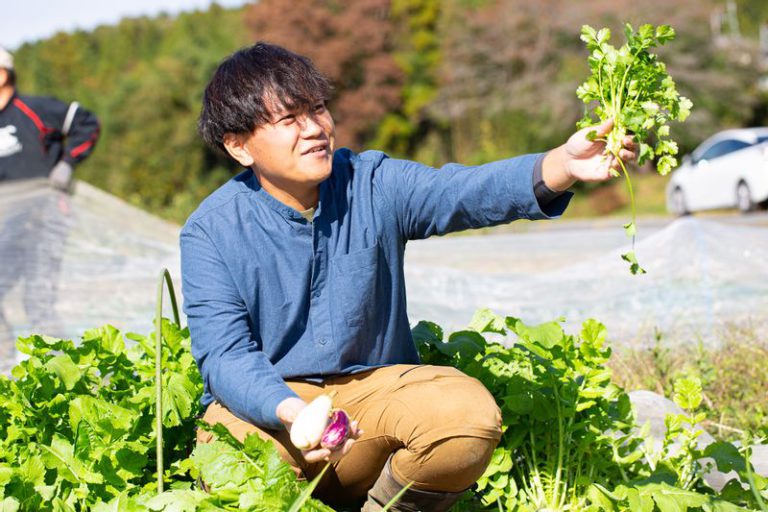
Hanjo comments, “The paucity of level ground in the Iwakura region means you require many plots. That makes it harder to focus on a single cultivar like large-scale farms, so you end up growing a variety of crops.”
Hanjo also actively accepts people to join in harvesting and farming experiences, especially children, emphasizing food education. “I want people to discover the fun of growing vegetables and become interested in food and agriculture,” he says light-heartedly. It may have been natural for Hanjo and the Iwakura Experience to cross paths, given Hanjo’s unique presence in the region.
Trying everything from agricultural products to famous sites, and inns to promote the attractions of Iwakura
The Iwakura Experience was launched in 2019, coinciding with the COVID-19 pandemic. Prior to this, Iwakura Onsen had survived on sporadic business.
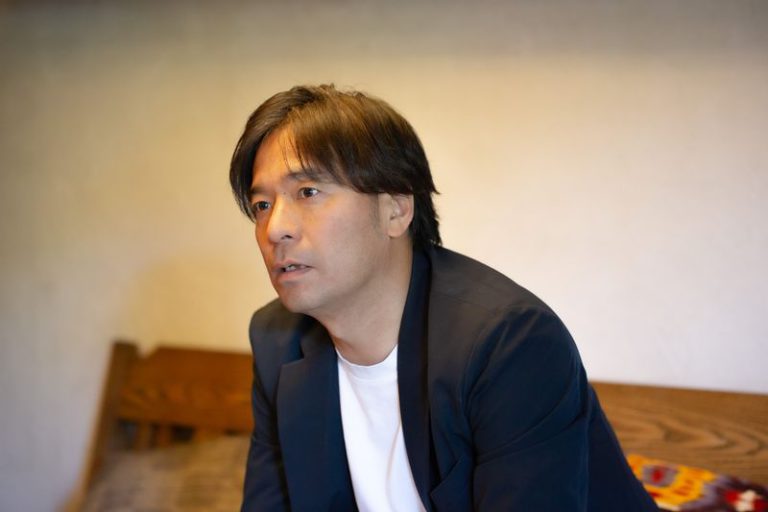
“Iwakura Onsen was an obscure place, but when the pandemic hit, people stopped coming completely. We viewed it as an opportune moment and decided to shift our mindset and return to our origins. Upon reflection, we realized that the region’s long history and culture are its most endearing features. The landlady wanted only interested individuals instead of a large, unspecified number. As a result, we launched the Iwakura Experience to promote the region’s attractions based on our passion for our history, culture, and agriculture,” explains Daisuke Motohashi, the organization’s representative.
Motohashi, an Ome native and a former employee of a local credit union, used his extensive connections to revitalize the Iwakura region. Natsumi Mamada, the owner of Mamadaya, the solitary inn in Iwakura Onsen, joined the party and employed various methods to convey the region’s charm.
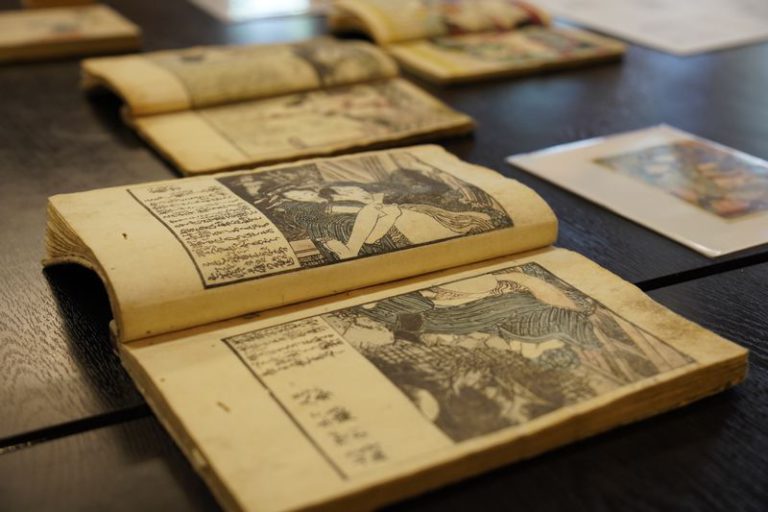
They published an illustrated map featuring famous sites and historic remains, such as Fusegi’s rope sandals, an intangible folk cultural heritage designated by the Tokyo Metropolitan Government, and the Oiwa rock, believed to be where Yamato Takeru had stored his weapon. They also organize overnight tours with mystery-solving events. The “Yoku ni Makeru Yoru (A Night of Avarice)” overnight tour is a themed package that caters to the three major appetites of the Japanese. It’s quite popular with repeat visitors, as it includes a rakugo performance featuring an amorous story, a talk on shunga (graphic images of a sexual nature), and a dinner of Iwakura vegetables.
Since 2020, they have operated the Iwakura CSA (Community Supported Agriculture), a system where consumers pay in advance and make regular contracts with farmers for mutual support. It provides farmers a stable income despite fluctuating yields, while consumers can enjoy produce directly from the source.
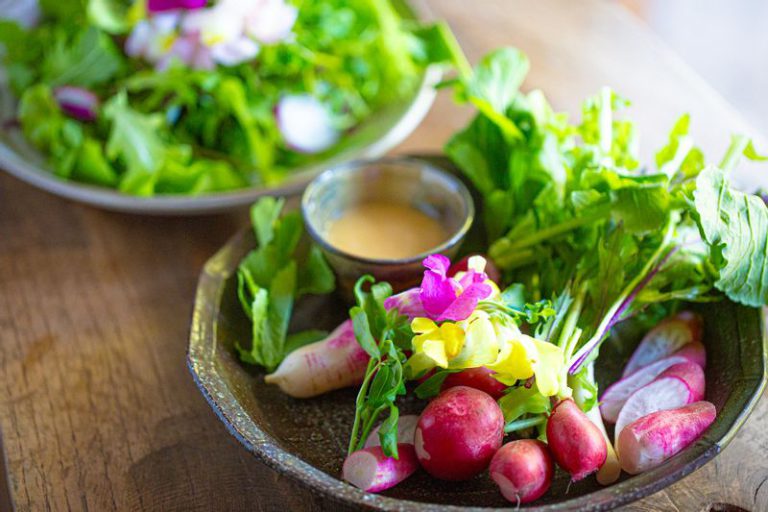
Iwakura CSA members are supplied with produce twice a month from May to December. The subscription includes a variety of produce from four farms, including Hanjo Farm. Members can expect to receive the usual vegetables and herbs and unique items such as Edo Tokyo vegetables. The membership consists primarily of ordinary families in the city. However, their long-term goal is to collaborate with local restaurants.
Working with the Sunshine Aquarium to pursue next-generation recycling-based agriculture
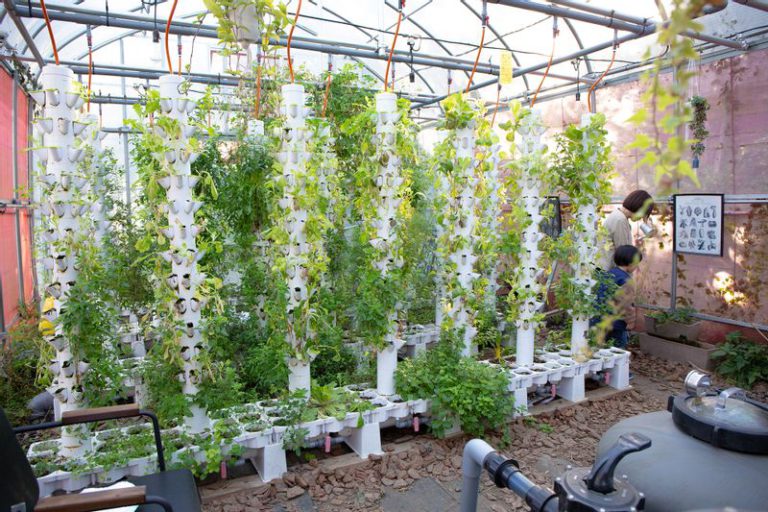
The Iwakura Experience also has its eyes on aquaponics, a recycling-based farming method that couples hydroponics and aquaculture. Microorganisms in the water decompose fish effluent, which plants absorb as nutrients. The water purified by the microorganisms and plants is fed back to the tank. The farming method can be seen as a miniature representation of the ecosystem.
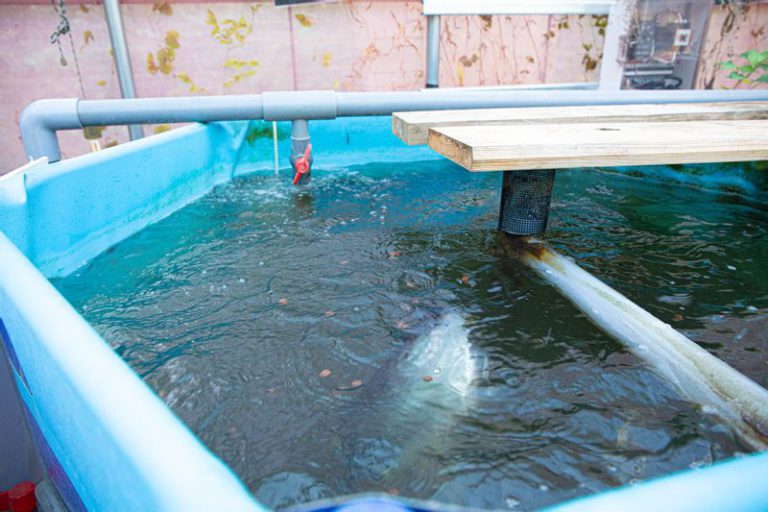
When we went behind Café Yuba, run by Mamadaya, a vinyl greenhouse suddenly appeared in the thickets. It was the aquaponics facility built by Motohashi and his colleagues. We peered into the tank and saw freshwater fish like basa and koi swimming leisurely. Rows of lush, leafy vegetables and herbs were growing in the hydroponic towers beside the tank. Although the system is not fully operational, they have sold lettuce grown here at events.
In 2022, Aquarium Farm Tokyo was launched as a collaborative effort with Sunshine Aquarium in Ikebukuro. The Sunshine Aquarium had been experimenting with aquaponics for some time to become self-sufficient in feeding the animals in its exhibits. However, their lack of farming experience made it difficult for them to grow vegetables.
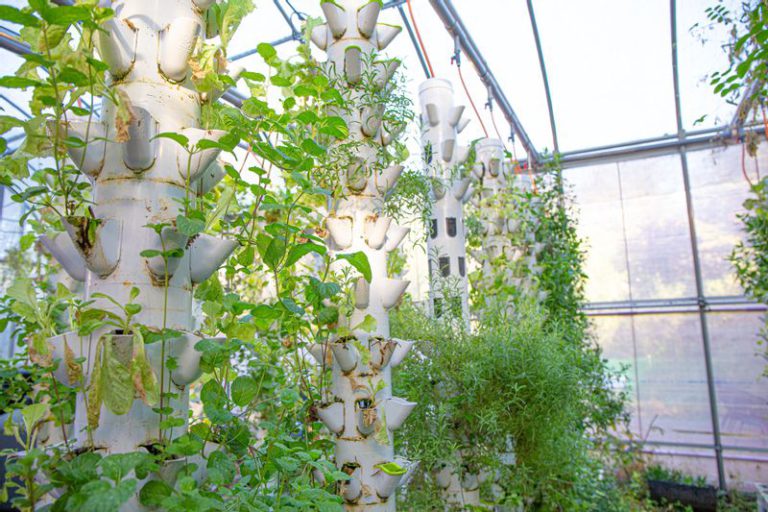
Meanwhile, the Iwakura Experience had farming experience but was struggling with the upkeep of its fish. The joint project was initiated to combine the expertise of both parties in developing aquaponics technology. Motohashi is exploring the possibility of utilizing aquaponics to attract tourists and is enthusiastic about achieving results with this agricultural style in Iwakura.
The Iwakura Experience aims to revitalize the region by using adversity as a springboard. Agriculture in the Iwakura region the group supports has taken flight and is spreading quietly.

